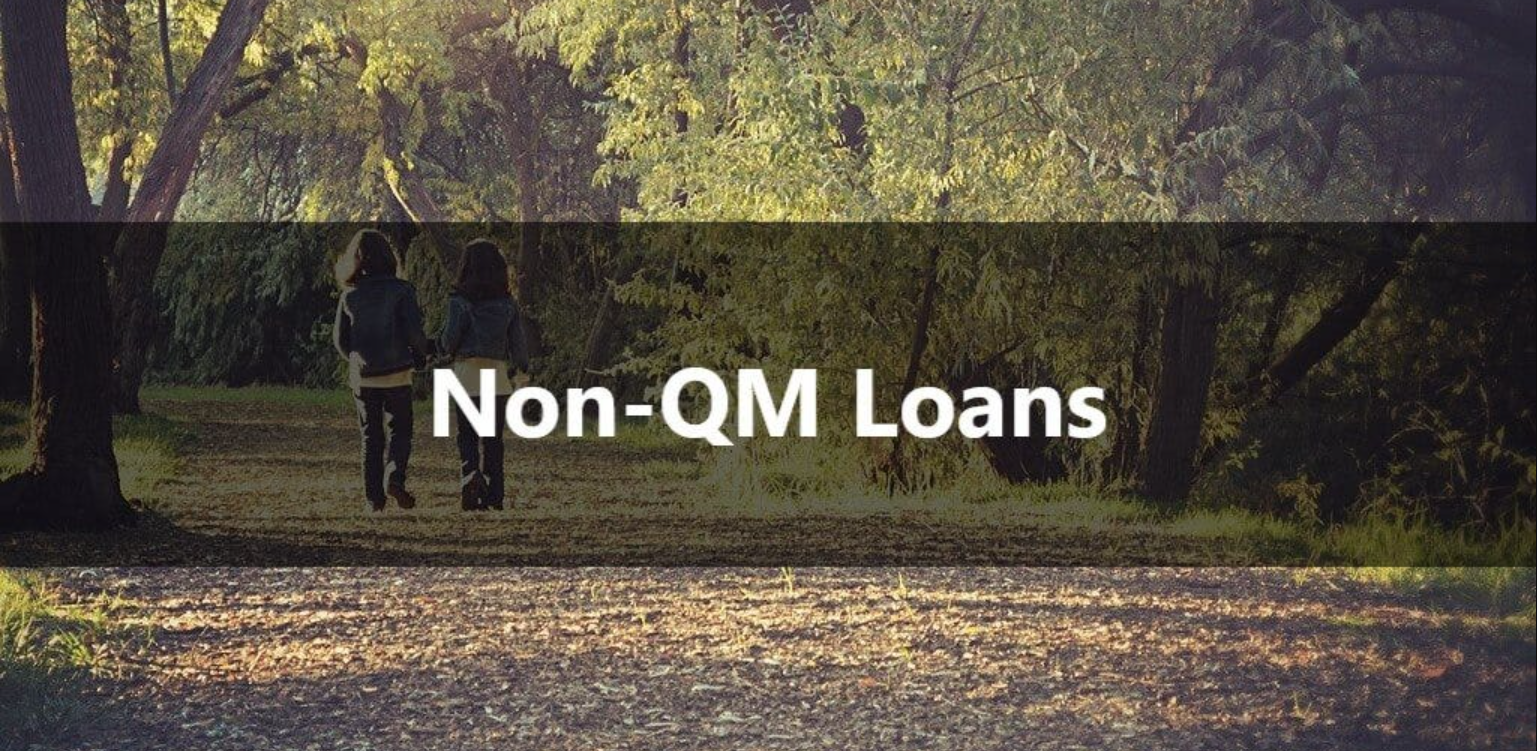Exploring Non-QM Mortgage Loans: Better Options for Non-Qualified Home Buyers

In the diverse landscape of home financing, traditional mortgage loans often stand as the gatekeepers to homeownership. However, not all prospective homeowners fit into the neat boxes required by conventional lenders. This is where Non-Qualified Mortgage (Non-QM) loans come into play, offering better options for non-qualified home buyers who find themselves outside the traditional lending criteria. This comprehensive guide delves into the world of Non-QM loans, highlighting how they cater to a wide range of borrowers and providing insights into leveraging these loans effectively.
Understanding Non-QM Loans
Non-QM loans are designed for individuals who cannot meet the strict qualification criteria of conventional mortgages, which typically include rigid income verification processes, debt-to-income (DTI) ratios, and credit score requirements. By contrast, Non-QM loans offer flexibility in underwriting, making homeownership accessible to a broader audience, including self-employed individuals, investors, and those with irregular income sources.
The Appeal of Non-QM Loans
- Flexibility in Income Verification: Non-QM loans accommodate borrowers with non-traditional income sources through alternative documentation, such as bank statements or asset depletion models.
- Higher DTI Ratios: These loans often allow for higher DTI ratios than conventional mortgages, providing leeway for borrowers with significant existing debts.
- Tailored Loan Products: From interest-only loans to 40-year amortizations, Non-QM loans come in various shapes and sizes, designed to meet the specific needs of each borrower.
Navigating Non-QM Loans: A Guide for Prospective Homeowners
Securing a Non-QM loan involves understanding the unique offerings and preparing to meet the lenders’ requirements. Here’s how to navigate the process:
Identify Your Needs
Begin by assessing your financial situation and homeownership goals. Understanding why you’re considering a Non-QM loan will help you and your lender find the best product to suit your needs. Whether it’s due to self-employment, fluctuating income, or a past financial mishap, being clear about your circumstances will streamline the loan selection process.
Research Lenders
Not all lenders offer Non-QM loans, and among those that do, terms and products can vary significantly. Research lenders that specialize in Non-QM lending and compare their products, rates, and fees. Look for lenders with a solid reputation and track record of successfully closing Non-QM loans.
Prepare Your Documentation
Even though Non-QM loans offer flexibility in documentation, borrowers still need to provide evidence of their ability to repay the loan. Gather financial documents that reflect your income, assets, and any liabilities. The more organized and thorough you are with your documentation, the smoother the application process will be.
Understand the Terms
Non-QM loans can come with different terms compared to traditional mortgages, including higher interest rates and fees. Make sure you fully understand the loan terms, including the repayment schedule, interest rates, and any potential penalties for early payment or defaults.
Strategies for Success with Non-QM Loans
- Optimize Your Credit Score: Even though Non-QM loans offer leniency on credit scores, a higher score can secure better loan terms.
- Build a Strong Case: Use your documentation to build a strong case for your loan application. Highlight the stability and reliability of your income, even if it’s non-traditional.
- Consider Down Payment Strategies: Larger down payments can sometimes offset the lender’s risk and lead to more favorable loan terms.
Overcoming Challenges with Non-QM Loans
While Non-QM loans provide solutions for many borrowers, they also come with their set of challenges, including navigating the complexity of loan products and potentially higher costs. Working with a knowledgeable mortgage broker or financial advisor can help you overcome these hurdles, ensuring that you find a loan that fits your financial landscape and homeownership aspirations.
Conclusion: Unlocking New Paths to Homeownership
Non-QM mortgage loans open the door to homeownership for many who find themselves sidelined by traditional lending criteria. By offering “better options for non-qualified home buyers,” Non-QM loans acknowledge the diversity of modern financial situations, from self-employment to unique investment strategies. With the right preparation, understanding, and guidance, these loans can provide a viable path to securing a home, offering flexibility, and understanding that the conventional mortgage market often lacks. As the housing market continues to evolve, Non-QM loans stand as a testament to the industry’s adaptability, offering tailored solutions that reflect the changing dynamics of borrower needs and financial realities.




